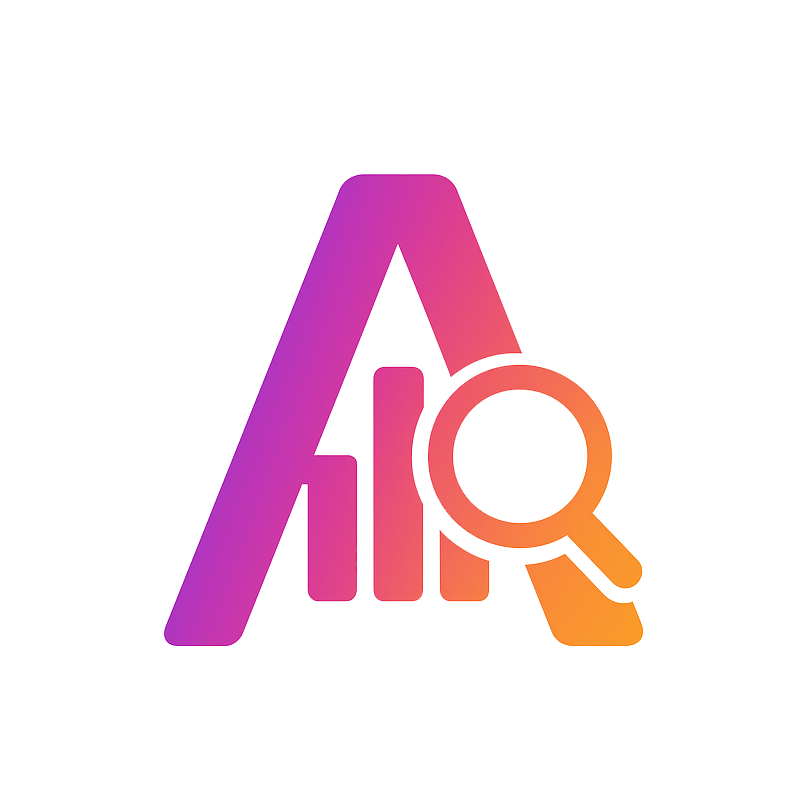Social Media Calendar Guide
What is a Social Media Calendar?
A social media calendar is a planning document that helps you organize and schedule your social media posts in advance. It ensures consistency, saves time, and helps you align your content with business goals and key dates. A well-structured calendar can be as simple as a spreadsheet or as advanced as a dedicated tool, but its main purpose is to give you a clear overview of what you’ll publish, when, and where.
Why Use a Social Media Calendar?
- Keeps your content organized and consistent.
- Helps you plan ahead for campaigns, holidays, and events.
- Makes collaboration easier for teams.
- Allows you to track performance and adjust your strategy.
- Reduces last-minute stress and missed opportunities.
- Ensures a balanced mix of content types and topics.
A calendar also helps you spot content gaps, avoid repetition, and maintain a steady posting rhythm that keeps your audience engaged.
How to Create a Social Media Calendar
- Audit your current social media content: Review what you’re posting and how it’s performing. Identify your top-performing posts, best times to post, and content types that resonate most with your audience.
- Choose your calendar format: Use spreadsheets, project management tools, or dedicated social media scheduling apps. Examples include Google Sheets, Trello, Notion, or tools like Hootsuite and Buffer.
- Plan your content mix: Balance promotional, educational, and entertaining posts. Include a variety of formats such as images, videos, stories, polls, and user-generated content.
- Schedule posts in advance: Use scheduling tools to automate publishing. This frees up time for engagement and strategy, and ensures you never miss important dates.
- Track results and optimize: Monitor analytics and adjust your calendar as needed. Look for trends in engagement, reach, and conversions to refine your approach.
Tip: Color-code your calendar by content type or platform for a quick visual overview.
What to Include in Your Social Media Calendar
- Post date and time
- Platform (Instagram, Twitter, Facebook, etc.)
- Content type (image, video, story, etc.)
- Post copy and creative assets
- Links, hashtags, and tags
- Campaign or theme
- Responsible team member
- Approval status
Best Practices
- Include key dates, holidays, and campaigns in your calendar.
- Review and update your calendar regularly.
- Collaborate with your team to ensure alignment.
- Stay flexible and be ready to adjust for trending topics or urgent news.
- Repurpose top-performing content across platforms.
- Leave room for spontaneous posts and real-time engagement.
Example: Simple Social Media Calendar Template
| Date | Platform | Content | Status |
|---|---|---|---|
| 2025-07-10 | Summer Sale Announcement | Scheduled | |
| 2025-07-12 | Behind-the-scenes video | Draft | |
| 2025-07-15 | Customer Testimonial | Needs Approval |
Frequently Asked Questions
How far in advance should I plan my calendar?
Most brands plan 1-3 months ahead, but review and adjust weekly for flexibility.
What tools can I use for my calendar?
Popular options include Google Sheets, Notion, Trello, Hootsuite, Buffer, and Asana.
How do I measure the success of my calendar?
Track engagement, reach, and conversions for each post. Use analytics to spot trends and optimize your schedule.
